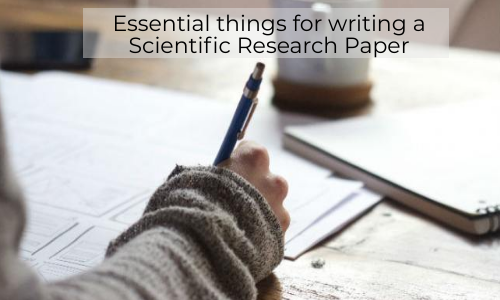benefits of multi-sensory learning
Human beings learn through different learning styles. Each individual use various learning channels and has strengths in the style of learning that works best for them. To develop a skill of gaining information it is important to strengthen their style of learning. For students to retain new information they must use as many channels as possible. Multi sensory can be classified in many ways. Few people consider on the prerequisite of using both the right brain (creative, visual, artistic, emotional and spatial) and the left brain (sequential, verbal auditory and logical). This process helps a student in better understanding and controlling, if they add a creative process to learning. While some people know the importance of including all the senses such as visual, kinesthetic, auditory, olfactory, and gustatory, as much as possible to improve controlling and learning. It is proven that we can remember 20% of what we read, 30% what we hear, 40% what we see, 50% what we say, and 60% what we do and if we use all our senses like see, hear and say at the same time we can remember 90% of it.
Here we will be discussing some tips on how to make learning for fun and by multisensory experience to help students remember and obtain information more effectively.
- VISUAL (sight)
When it comes to learning, using sight is an important sense especially for the visual learners. Using black and white sheets are not motivating and easily become boring for children. To create more memorable lessons you must engage students with more of an eye catching resources and yet not too distracting away from the task. Use resources that include characters and colors into the work itself. Visual tasks are beneficial for students learning development. They make them pay more attention and gather small details. Visual tasks prove to be extremely memorable tools, when they are utilized in an effective way.
- AUDITORY (hearing)
Sound plays a vital role for the students in the learning path especially for auditory learners. It helps students by adding another layer of understanding that visual alone can’t do and make them understand the world around them better. It is also proved to be helpful for elders by playing soft and calming music in the background while working. For growing children, different types of aural activities make their learning fun. For example, playing tapes that includes indentifying and labeling helps children effectively to develop a comprehensive concept.
- GUSTATORY (taste)
Everybody loves food and it can be educational also. Apart from taste food technology can play a big role in education such as geography and history. Learning to make dishes from around the world or any famous historical food can be a fun activity for the students and proves to be a memorable lesson. If you can relate a fact with fun memory it helps to gain more information. For example, by boiling eggs and making jelly can be used to teach about irrevocable reactions. Making bread from yeast can give a realistic image to students for learning about yeast reaction in science. Although baking is not relevant to the scientific facts but it is a group activity that encourage team spirit and cooperation in the students.
- OLFACTORY (smell)
The sense of smell is the most powerful tool we have. We unconsciously relate smells with different things like happy memories and places. This strong sense can be easily overlooked and under used for education. This can be used effectively in the studies by making relation with different smells and connected them to the lessons. For example if you are teaching about flowers or plants, you can get any particular powerful smelling plant for students to sniff. The same technique can be applied to many subjects. To create a motivational and successful learning environment you can open window or use an air freshener to have a fresh smelling classroom.
- KINESTHETIC (touch)
If students have something in front of them that they can physically touch and feel or they made it themselves they learn much better. Let the students express themselves by engaging them with play dough, clay, paint, paper-Mache etc. be creative with students and give them a chance to experiment themselves by making and touching. By using textures as an important tool, creativity needs to be developed in academics. Tasks that include touch and movement can be very beneficial, especially for the kinesthetic learners and it can be fun for every student.
To make the students successful in the academic field make sure to indulge multi-sensory learning and activities that encourage all the senses in the lessons.
To help you maintain your educational and personal life better, you can take online help for your assignments and other coursework. Make my assignment provide expert and qualified writers on various subjects to help you gain better grades.





